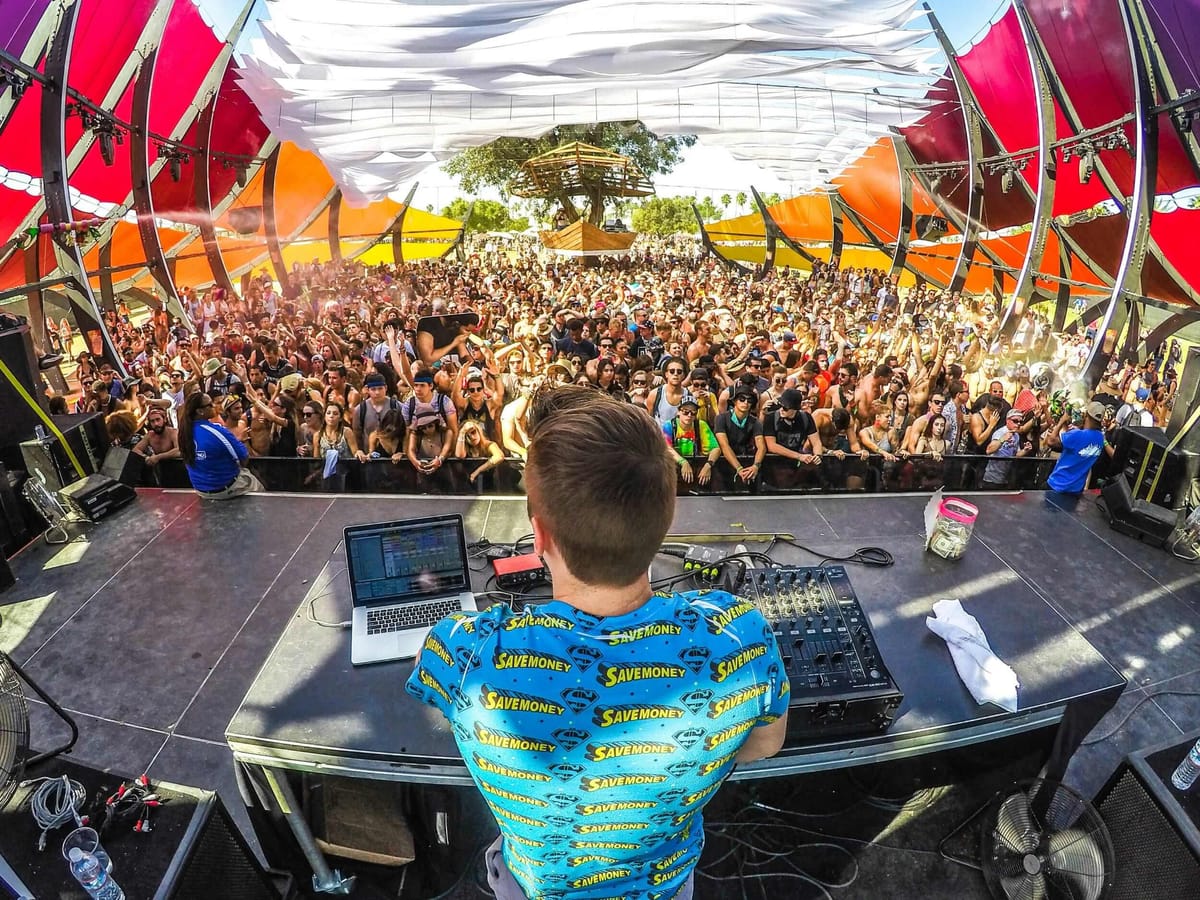Smartphones have gone from a luxury product to a necessity to something even deeper. The smartphone is also the primary gateway to the internet for most people. According to insights, "mobile ecommerce sales make up 60 percent of all ecommerce sales".
They went from being nothing to the bulk of sales in a decade. And their growth is accelerated by mobile-first generations like Millenials, Gen Z, and Gen Alpha. As the landscape of ecommerce shifts from landscape to vertical, businesses are forced to adapt. Mobile-First users expect not just mobile-friendly websites but fully optimized mobile shopping experiences. Brands which do not meet these expectations get churned out.
But the shift to mobile has created previously unknown opportunities, such as the synergy between mobile apps and loyalty programs.
The evolving landscape of mobile commerce:
Smartphones have already changed the mobile commerce landscape years ago. But many business are still learning and adapting its its shifts.

According to Google Data, 53% of visits are abandoned if a mobile site takes longer than 3 seconds to load. According to the same data, the average mobile webpage takes 15.3 seconds to load.
For websites in the retail industry, it is an improved 6.3 seconds. Still double the 3 second mark. In order to address the increasing expectations of consumers, brands began to create mobile apps. Apps are faster, provide a more personalized experience, and highly intuitive to what a customer is searching for.
Mobile apps have many significant advantages over mobile web, with the most significant being the ability to leverage deeplinked services. The deeplinking of services within mobile apps opened up a new world of possibilities, such as social login, 1-click payment, and saved info.
However, this evolution also brings new challenges. Consumers demand a holistic and engaging experience - seamless, personalized, and rewarding.
This is where loyalty programs bridge the gap between transaction and connection.
Personalized engagement
Loyalty programs allow brands to build meaningful relationships with their customers, by fostering a brand community and driving long-term value.
For example, you can have customers who are only one purchase from their next reward. By embedding your loyalty program into your mobile app, you can create unique experiences.
This can be in the form of building VIP tiers and offering a personalized experience depending on what tier your customer falls into. Another example is a personalized push notification reminding customers of their next reward, or redemption coupon. A timely nudge and the personalized experience encourages customers to return for a repeat purchase.

Simplifying referrals with mobile integration
Referrals are a goldmine for customer acquisition and retention. But how can we make the referral process as effortless as possible? Here's where mobile apps and referral programs shine. By leveraging contacts and messaging platforms like WhatsApp and Facebook Messenger, mobile apps can turn referrals into a seamless experience.
Customers can send a pre-written message, an automated referral link and send it on their preferred platform. This eliminates friction and can make referrals a near instant process.
Creating a seamless loyalty experience
A loyalty program's success hinges on its user experience. The smoother the journey, the deeper the customer engagement. Add in a mobile app that's intuitive, responsive, and rewarding, and you get a mobile-first experience for customers.
Appbrew is a SaaS platform and Shopify app that enables DTC brands to build and scale high-conversion-rate mobile apps.










